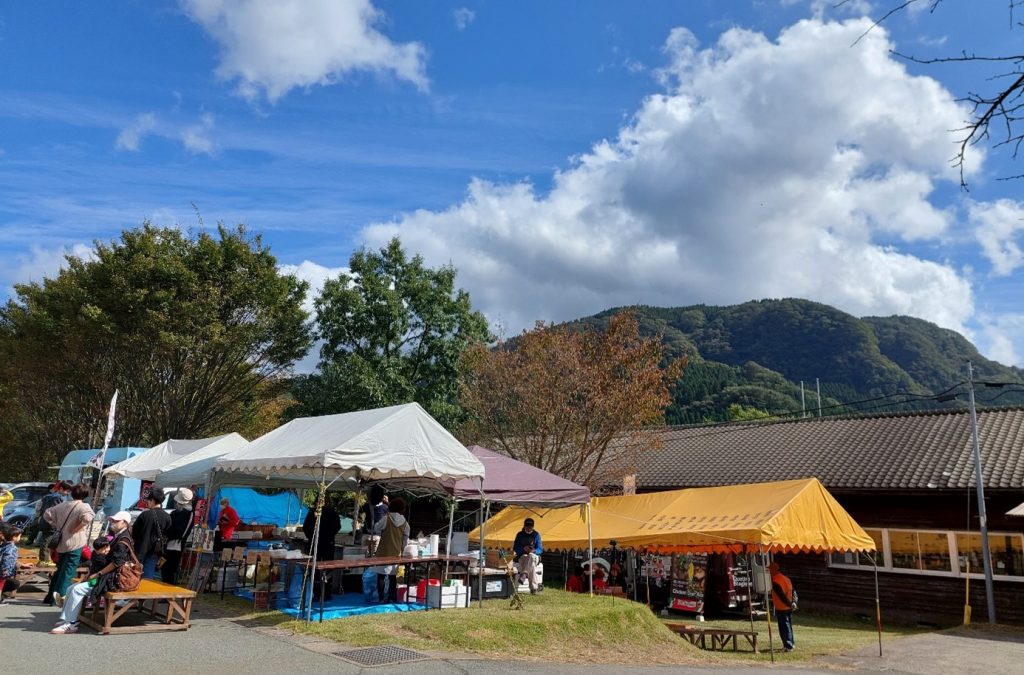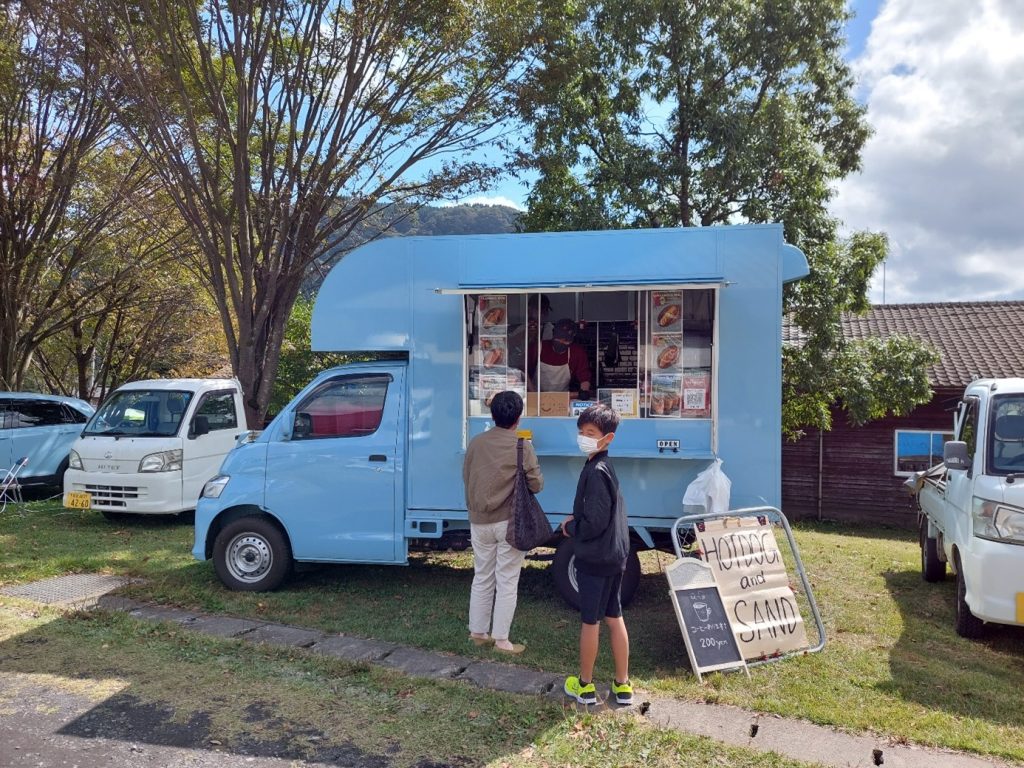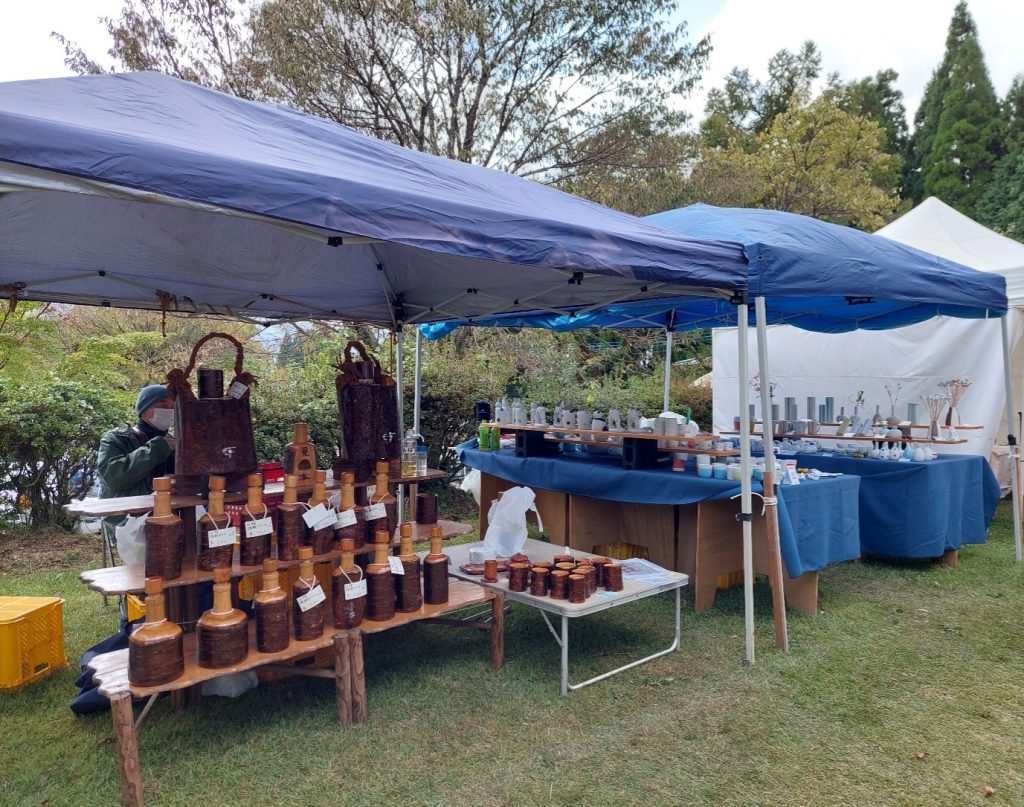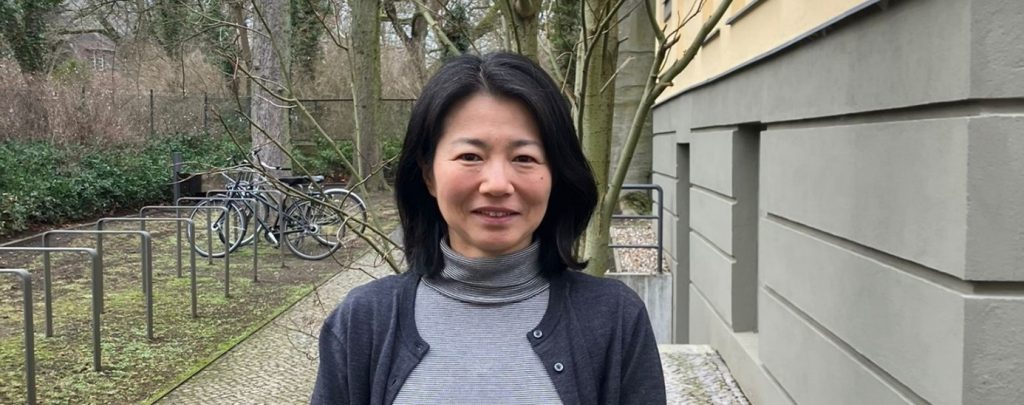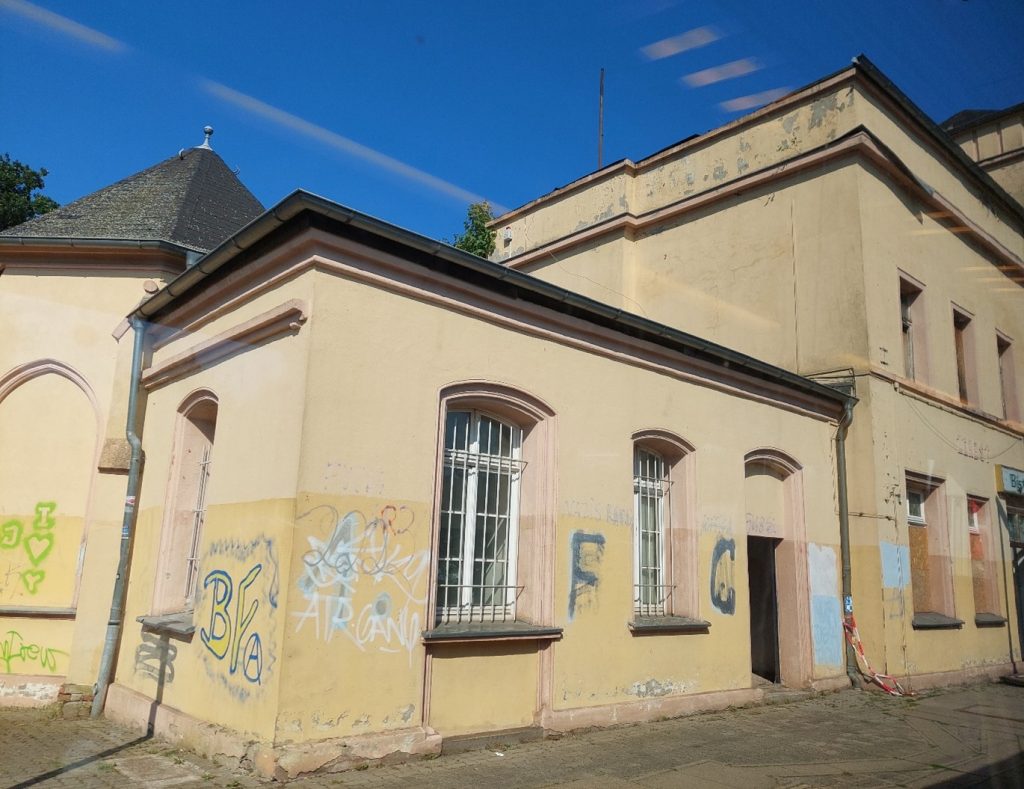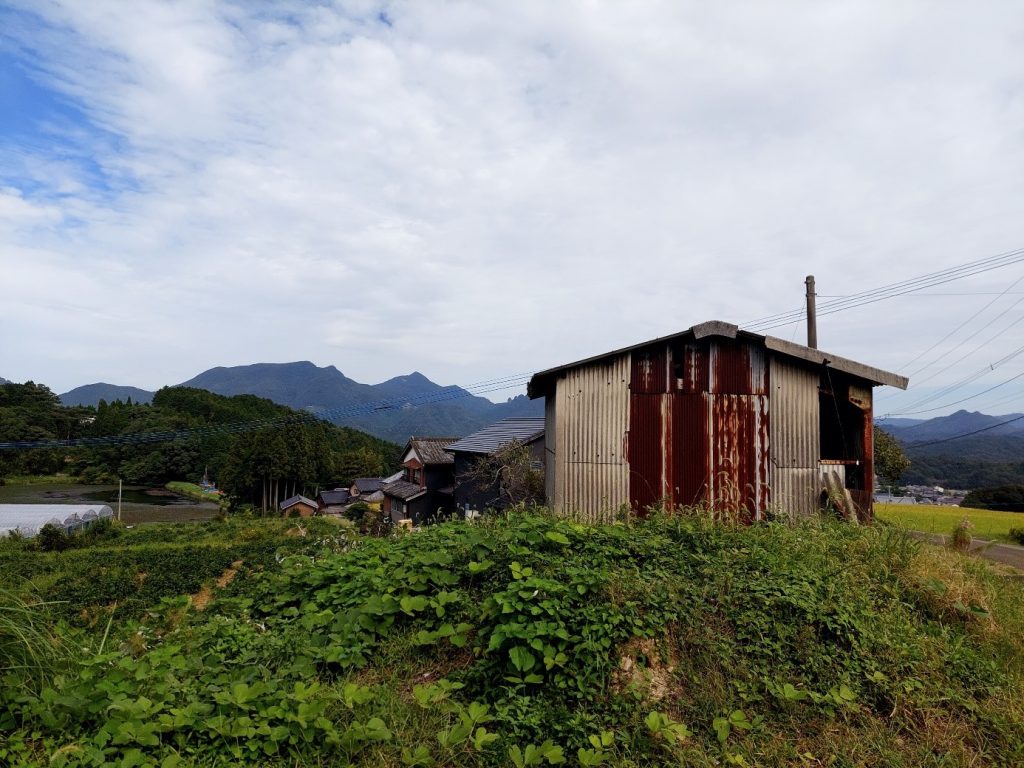by Melanie Steinbrugger
If you have ever taken a train late at night through Japan’s countryside, you might know the feeling of stepping off at a nearly empty station in the freezing cold, unsure if you have arrived in the right place. That was exactly how I felt when I first arrived in Aso City. It was winter, and I had just taken a train from Kumamoto to reach this scenic region known for its caldera, vast farmland and beautiful hot springs. I was a bit worried about whether I would be able to conduct enough interviews for my master’s thesis on the professional identity of caregivers in rural Japan. My host, the owner of a guesthouse, kindly picked me up at the station, we stopped by a Family Mart to grab a quick bite (because the supermarket had already closed) and then headed to a cozy yet very cold guesthouse. Even though I was nervous about the next few weeks I would spend in this region, the kindness of the local people quickly put me at ease.
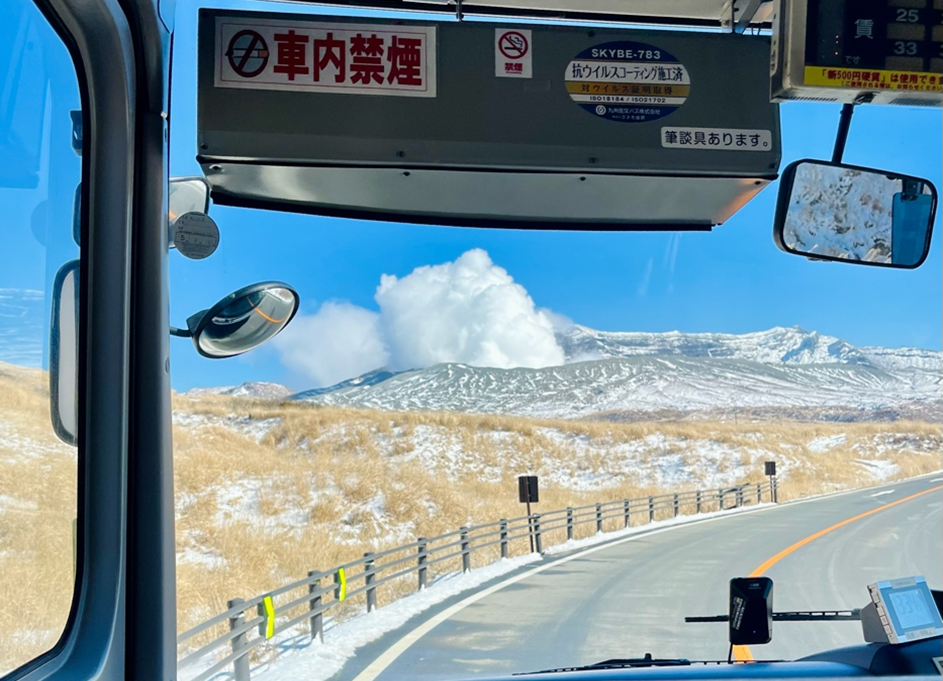
Copyright © Melanie Steinbrugger 2023
One of my most memorable visits was at a day centre, where I met a 106-year-old man. The staff told me he had no family left in Aso, so being at the centre was his main source of contact with others. When they introduced me to other patients, I was surprised by how interested they were about Austria, my home country, and they loved the Mozartkugeln (a traditional chocolate souvenir) I brought. Moments like this made me realize that even though Aso is famous for having the largest caldera in Japan, its true heart lies in personal connections. But not every visit to the various care facilities went smoothly. One day, an older woman slipped in the bathroom and needed urgent help, so we had to cancel our interview. Seeing how quickly the caregivers reacted reminded me that unexpected emergencies are a normal part of life in small, rural facilities with limited staff.
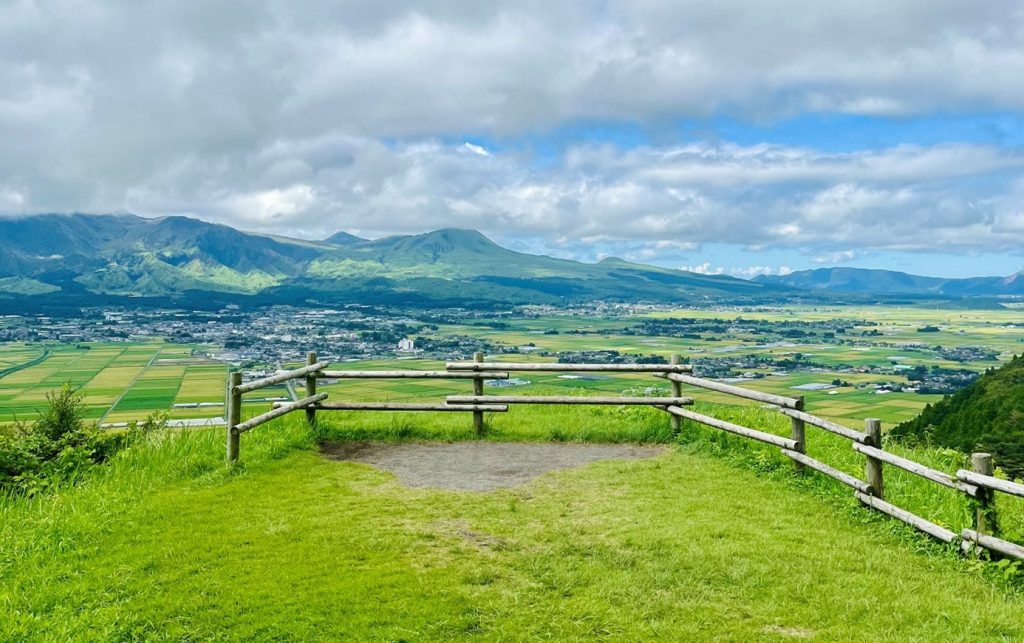
Copyright © Melanie Steinbrugger 2023
During my fieldwork, I sometimes worried about taking up too much of the caregivers’ time because they already worked long hours under a lot of stress. I usually travelled by public bus, which was difficult due to limited bus schedules, but the caregivers always welcomed me warmly. Some of the locals showed me around the caldera and explained how houses in Aso are often far apart, which creates extra travel time, especially when providing home care. One caregiver said she had to drive along long winding roads just to see a single client. In winter, heavy snowfall makes this even harder. But if they do not go, nobody else will. This sense of duty is common in rural caregiving in Aso, especially as many younger people have moved away to find jobs in bigger cities. A few caregivers told me they suffer from constant back pain caused by years of lifting and carrying patients. They worried about how much longer they could do this job once they reached their sixties. While some urban care facilities have advanced technologies, care centres in Aso typically do not. One caregiver, who came from a big city, also criticised the lower pay and fewer resources in Aso.
Generally, the caregivers were worried about the long-term impact on their bodies. One caregiver mentioned that despite enjoying some aspects of the job and making a lot of meaningful connections, she’s not sure if she would pick the same profession again if she could go back in time. The physical work is not the only challenge. Emotional labour also plays a big role in caregiving. Many elderly people in Aso have no family nearby, so caregivers become trusted companions to listen to concerns and combat loneliness. One caregiver said he locks away his own problems before work to stay cheerful for his clients. Another said she had become “like family” to a person who had no one else in town. While this closeness can be rewarding, it can also be emotionally draining. Some caregivers said they felt lonely themselves and needed small tokens of gratitude from their families and patients to keep going.
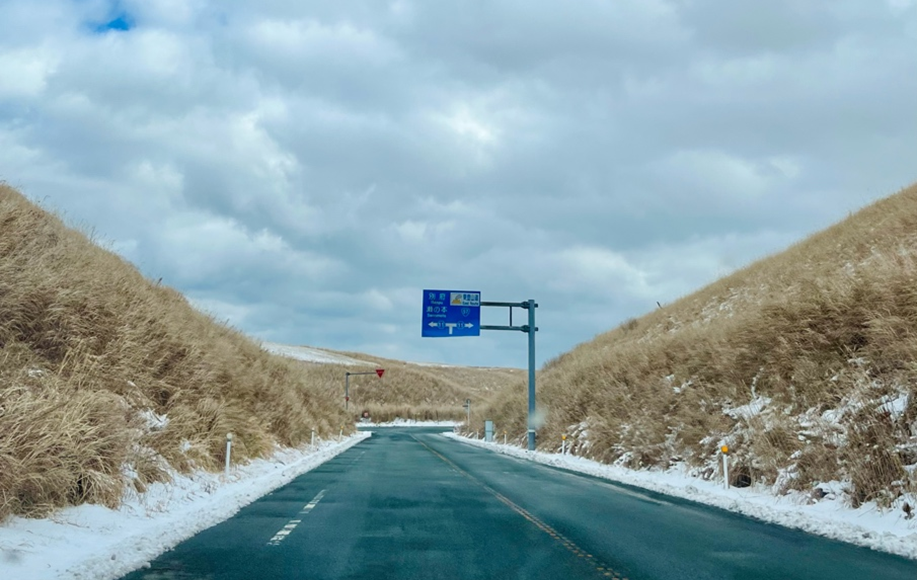
Copyright © Melanie Steinbrugger 2023
Despite these challenges, many caregivers are proud of their work. At one day centre, they organized quizzes, dancing, and karaoke so that the older patients could have some fun. It was touching to see moments where the caregivers and patients would laugh and chat happily with each other. These moments gave some lightness to the stress of juggling other parts of the job like handling heavy lifting, bathing schedules, and health checks for everyone. One caregiver said that the care profession acts as a “bridge of the community.” I indeed felt a strong sense of community in Aso. One of my research participants even drove me around when the bus did not come, and it seemed like everybody knew everybody else. This close network is important for helping elderly people in remote areas. The COVID-19 pandemic, however, had temporarily interrupted events in care facilities to bring together younger and older residents. Even during my fieldwork in 2023, a few interviews had to be cancelled when there were new COVID-19 infections in care homes.
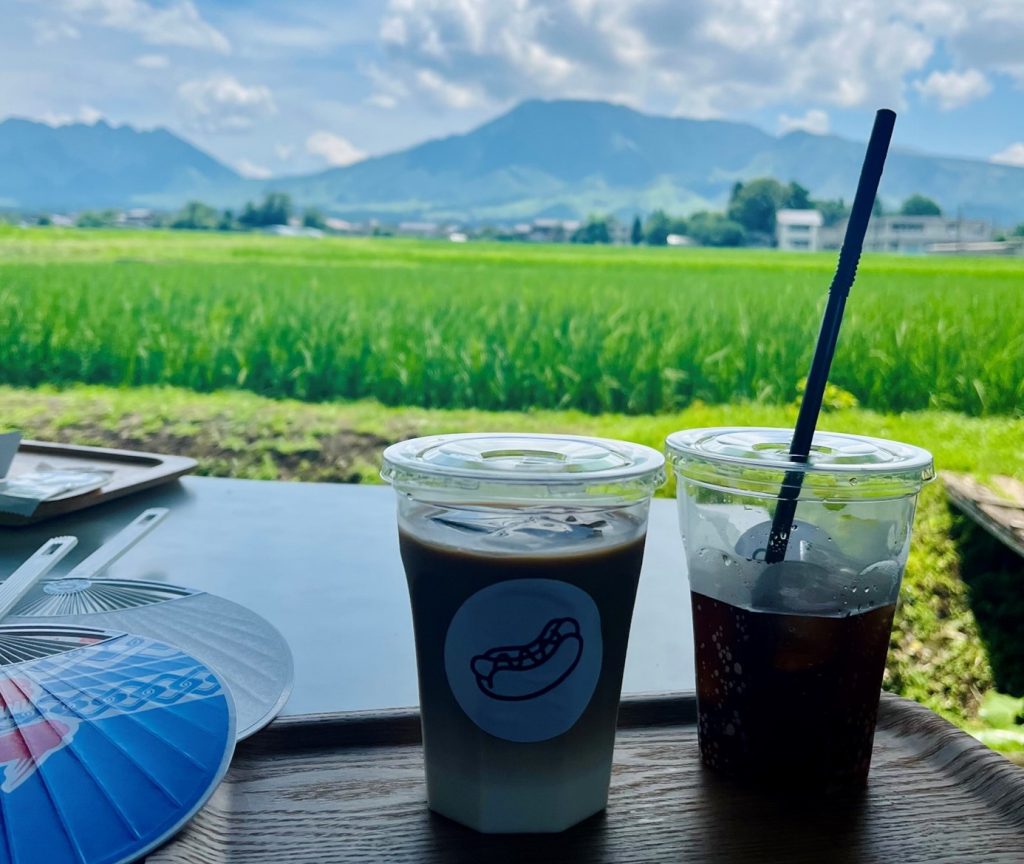
Copyright © Melanie Steinbrugger 2023
After my field research, I wish more young people lived in places like Aso. Salaries may be lower and public services less than in cities, but there is also a strong sense of solidarity there. Many interviewees said they were very concerned about the future of the nursing profession and they wished there were strategies to make the profession more attractive to younger generations. If more young carers returned, this could address staff shortages, bring a breath of fresh air into local life and ensure that older people receive the care they deserve. In the end, I had great respect for the care workers in Aso. They manage difficult physical tasks, provide emotional support and make their patients feel good, despite their own heavy workloads. The generosity and determination I found there show that personal commitment and solidarity really do keep rural Japan alive.
Melanie Steinbrugger recently finished her MA in Japanese Studies at the University of Vienna. Her Master’s thesis explored the professional identity of rural caregivers. Starting in April 2025 she will be part of the Austrian Pavillion Team at the Ōsaka Kansai World Expo 2025.

